



Where Ethernet chips are used
Ethernet chips play a crucial role in modern communication and networking, with widespread applications across multiple industries and sectors. As network technology continues to evolve, especially with the rise of emerging industries like the Internet of Things (IoT), cloud computing, and smart manufacturing, the demand for Ethernet chips has become increasingly diversified. This article explores the applications and significance of Ethernet chips in various fields.
1. Data Centers
Data centers are one of the most concentrated application areas for Ethernet chips. Within a data center, numerous servers, storage devices, network switches, and other hardware need to be interconnected through high-speed networks. Ethernet switch chips play an essential role in core and edge switches, responsible for rapid data forwarding and efficient routing. As big data and cloud computing continue to develop, data centers’ requirements for bandwidth and low latency have risen, particularly with the application of high-speed Ethernet chips like 10GbE, 40GbE, and 100GbE, which have significantly enhanced data center performance.
Application Features:
- High bandwidth demand, supporting high-speed data transmission.
- Large-scale device interconnection, requiring chips with strong processing power and stability.
- Low latency to optimize data processing efficiency.
2. Enterprise Networks
In enterprise networks, companies often need to connect multiple computers, printers, servers, storage devices, and other end devices via Ethernet. Ethernet chips in enterprise networks are primarily used in network interface cards (NICs) and switches. Ethernet switch chips enable data forwarding between multiple devices, ensuring the efficient operation of the network, while NIC chips provide the physical connection to the network, handling data transmission and reception. Enterprise networks typically require high reliability and security, making them suitable for high-bandwidth Local Area Networks (LANs).
Application Features:
- Provides high-speed data transmission and switching.
- Ensures high network reliability and security.
- Supports enterprise-level traffic management and optimization.
3. Home Networks
In home networks, with the widespread adoption of smart home devices, the application of Ethernet chips has become increasingly prevalent. Home network devices, such as routers, switches, smart TVs, gaming consoles, and security cameras, are typically connected to the home network through wired or wireless connections. Ethernet chips are mainly used to provide physical connections and data exchange, ensuring that devices within the home can communicate efficiently and share internet resources. In particular, for high-bandwidth scenarios like HD streaming and online gaming, Ethernet chips provide stable and fast network connections.
Application Features:
- Supports high-speed data transmission, catering to multiple device concurrency.
- Provides stable home network connectivity, supporting real-time applications like video surveillance.
- Enhances home automation and smart home connectivity.
4. Internet of Things (IoT)
The Internet of Things is one of the key areas for the application of Ethernet chips. With the rapid increase in the number of IoT devices, various smart devices need to be interconnected via networks for data collection, control, and analysis. Ethernet adapters and NIC chips are widely used in IoT gateways and edge devices. PHY chips and Ethernet controllers play a critical role in IoT devices that require efficient and stable data transmission, particularly in fields like industrial automation, smart homes, and environmental monitoring.
Application Features:
- IoT devices typically require stable and reliable network connections.
- High requirements for real-time data processing and low-latency transmission.
- Supports large-scale device interconnection and efficient communication between devices.
5. Industrial Control and Automation
The demand for Ethernet chips in industrial control and automation has also been increasing. Due to its high efficiency and flexibility, Ethernet protocol has become the preferred communication method in industrial control systems. Industrial Ethernet chips are used to connect various industrial devices, sensors, controllers, and computers, supporting real-time data transmission and control. Especially in the era of smart manufacturing and Industry 4.0, Ethernet-based industrial control networks enable remote monitoring, data collection, and automation, significantly improving production efficiency and safety.
Application Features:
- Supports high-precision and low-latency real-time data transmission.
- Provides reliable network connections to ensure stable operation of industrial devices.
- Supports large-scale interconnection and remote control of industrial devices.
6. Intelligent Transportation Systems (ITS)
Intelligent transportation systems (ITS) use information and communication technologies to enhance traffic management efficiency and safety. Ethernet chips are primarily used in smart transportation systems such as vehicle-to-everything (V2X), intelligent traffic lights, traffic monitoring, and smart parking systems. These devices typically require high-speed, stable networks for real-time data transmission, such as traffic flow monitoring and accident alerts, ensuring that the system can respond accurately and in real time.
Application Features:
- Supports high-speed data transmission and real-time processing.
- Provides stable connections between in-vehicle devices and transportation infrastructure.
- Ensures the efficient and safe operation of traffic management systems.
7. Video Surveillance and Security
Video surveillance is another key application area for Ethernet chips. In the security industry, IP cameras, video recorders, and monitoring servers rely on Ethernet for data transmission. Ethernet chips provide high-bandwidth, low-latency network connections, enabling real-time transmission of high-definition video. The application of Power over Ethernet (PoE) technology further simplifies wiring and reduces installation costs, especially in large-scale surveillance systems.
Application Features:
- High bandwidth supports HD video and real-time monitoring.
- Provides stable and reliable network connections to ensure timely transmission of surveillance data.
- Reduces installation and maintenance costs through PoE technology.
8. Cloud Computing and Edge Computing
With the rapid development of cloud computing and edge computing, the application of Ethernet chips continues to expand. In cloud computing platforms, numerous servers and storage devices need to be connected through high-speed networks for efficient data access and processing. In edge computing, Ethernet chips connect distributed devices and data centers, providing low-latency, high-bandwidth data communication that supports real-time data analysis and processing.
Application Features:
- Supports large-scale data processing and storage.
- Provides high-bandwidth and low-latency data transmission.
- Supports distributed and real-time computing applications.
Conclusion
As a core component of network communication, Ethernet chips are widely used in various fields, from data centers to home networks, and from industrial automation to the Internet of Things. With the continuous development of network technology, especially the increasing demand for high bandwidth, low latency, and large-scale device interconnection, Ethernet chips will continue to play an important role in various industries, driving digital transformation and intelligent development across different sectors.

Please contact us if the source is mislabeled or violates your legal rights.
We will promptly correct and delete, thank you.


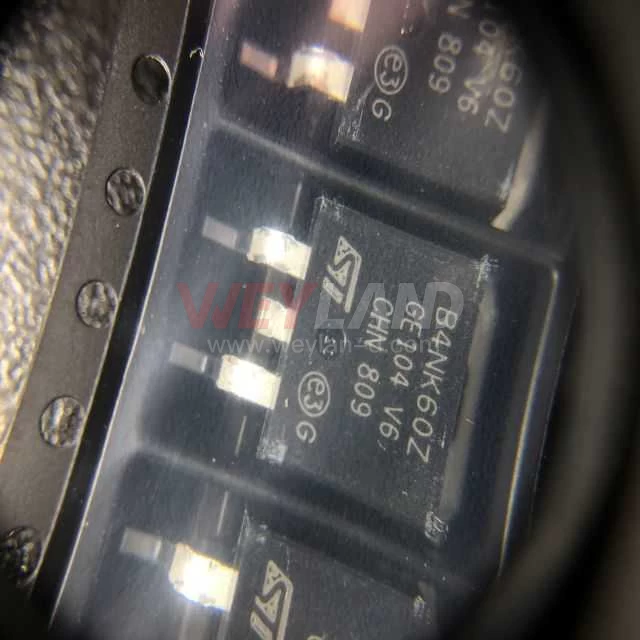
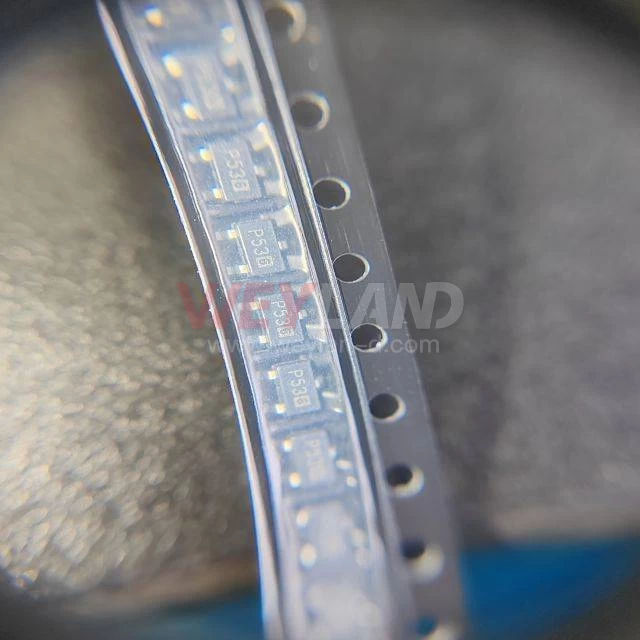
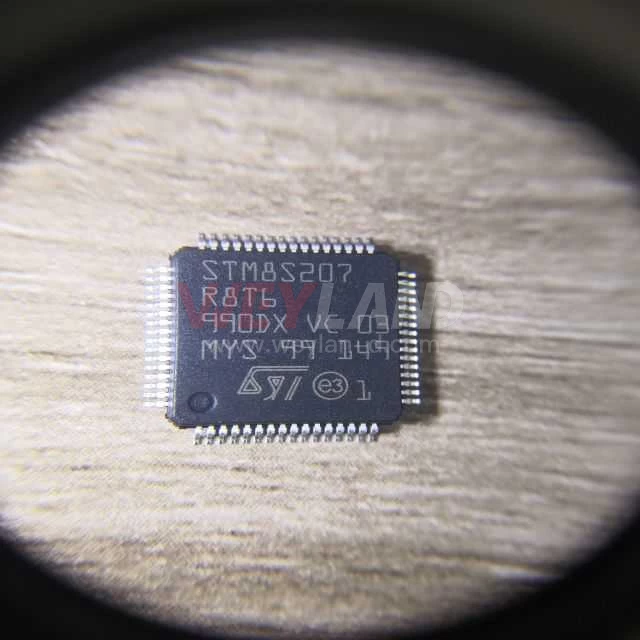
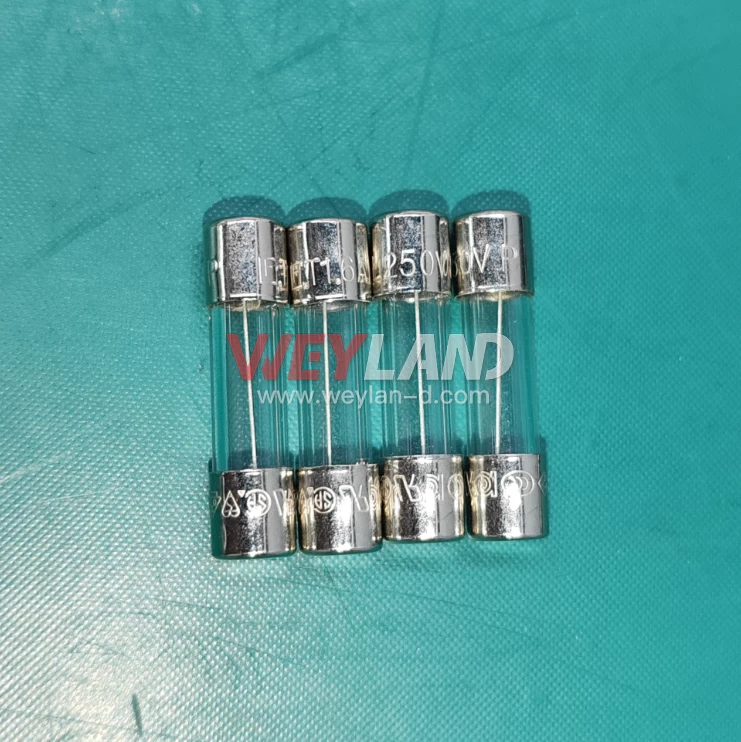
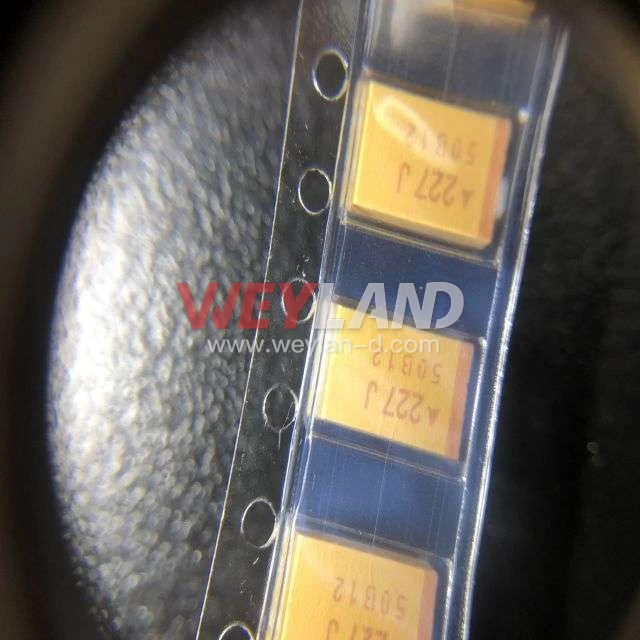

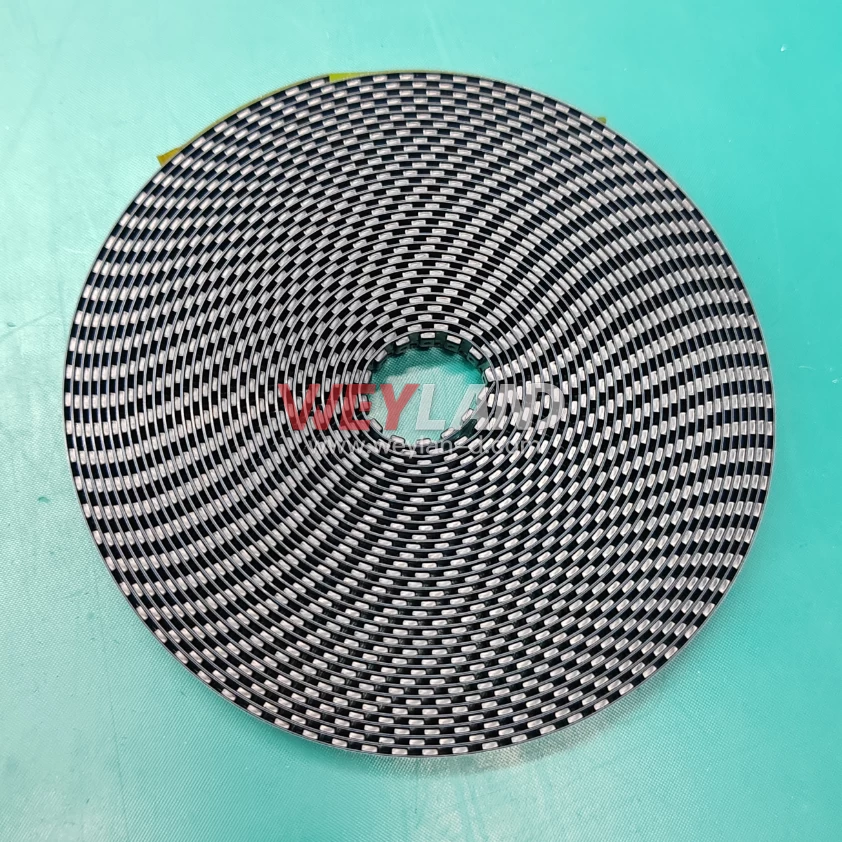

.9246509.png)












[email protected]
7500A BEACH ROAD #04-307 THE PLAZA SINGAPORE (199591)
RM 705.7/F.FA YUEN COMM BLDGNO.75-77.FA YUEN STREET.MONGKOK.KLN.HONG KONG
